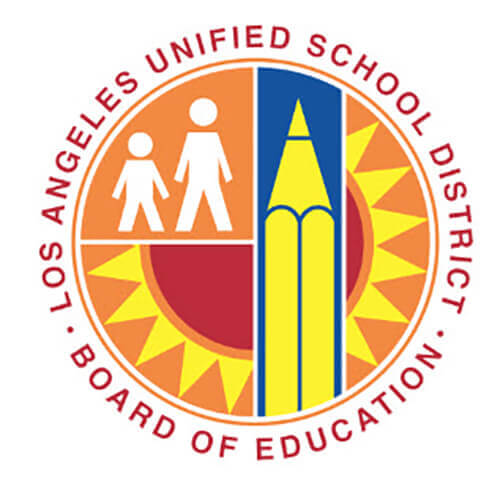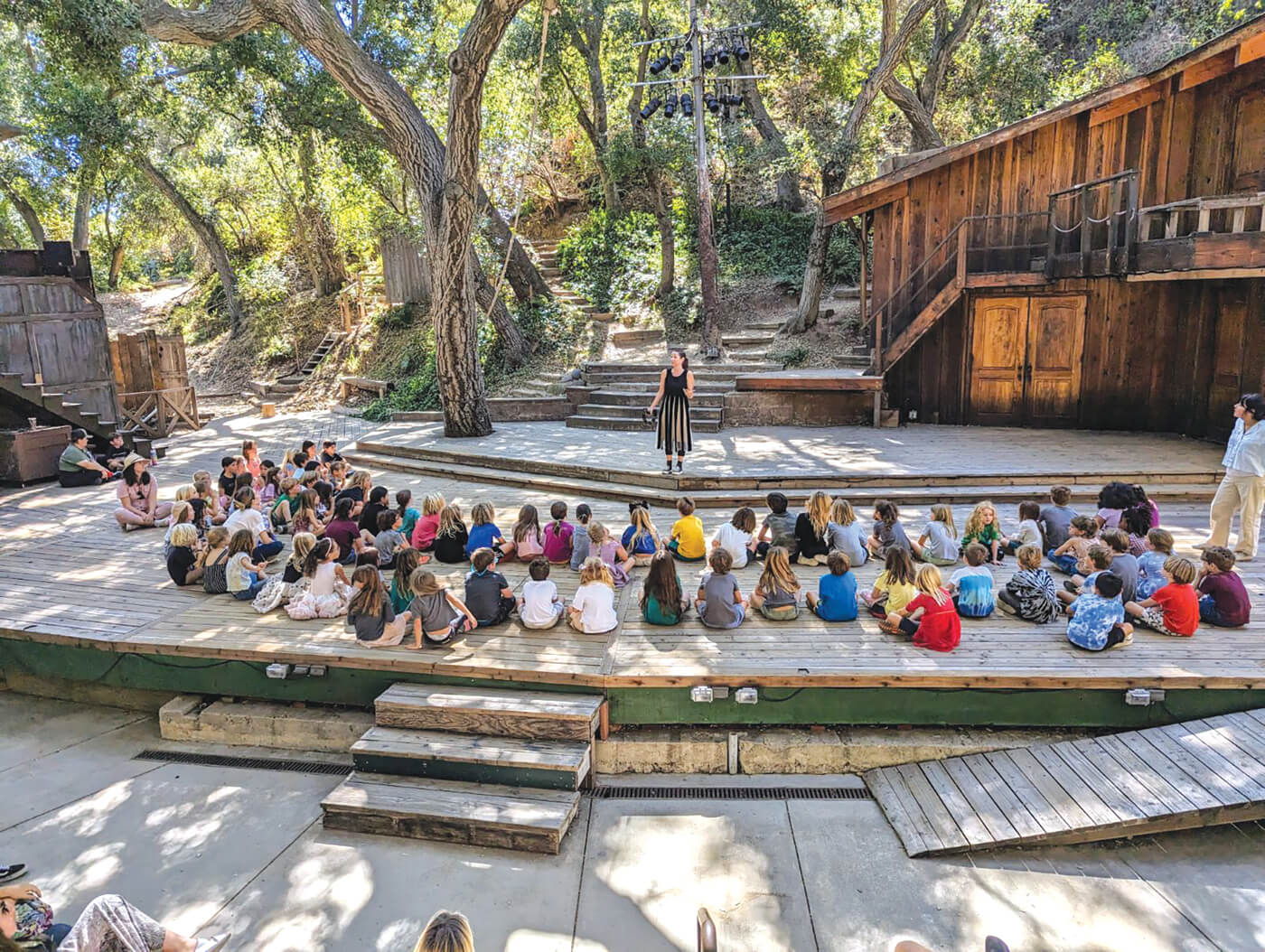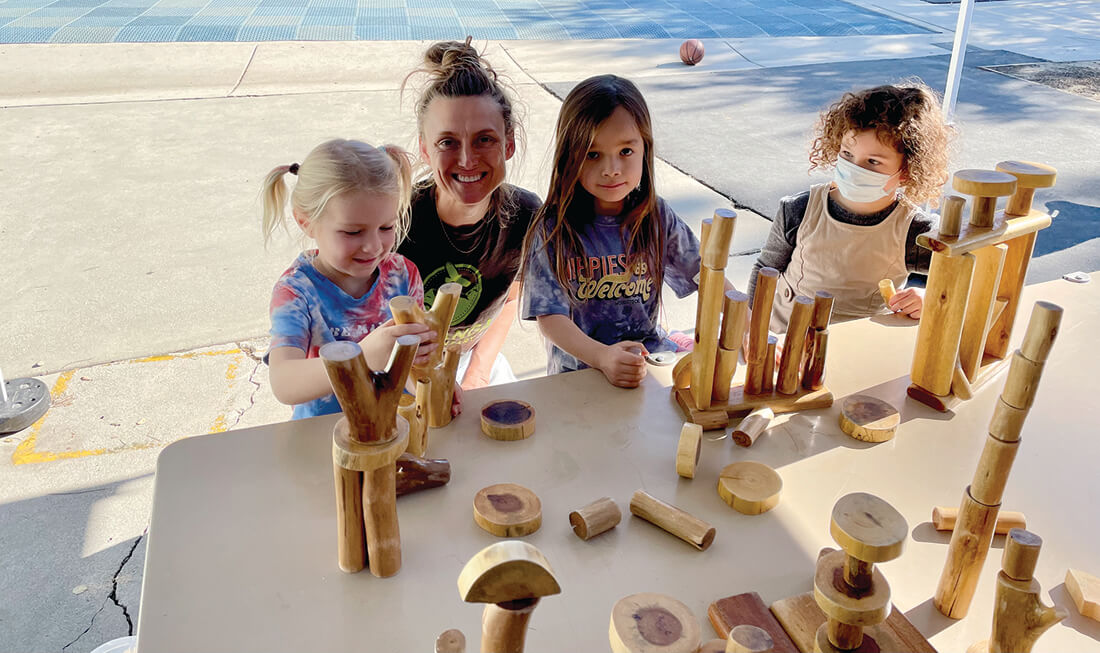LAUSD Update
The Los Angeles Unified School District (LAUSD) and the United Teachers of Los Angeles (UTLA) agreed to distance learning as the model for opening the school year on August 18, ahead of Governor Gavin Newsom’s announcement on July 17.
Currently the LAUSD and UTLA are in negotiations regarding the conditions and expectations. It is expected that the results of these negotiations will be announced as soon as an agreement is reached with hopes for late July or the first week of August. Both the Union and the District are working together to provide a robust education program including accountability, devices, and connectivity for all, training for both parents and teachers, and guidelines for instruction.
Some of the items being discussed (per the published UTLA Platform) are a broad community preparedness that shows a clear commitment to stopping the spread of the virus through objective metrics and dramatically increased funding.
*Necessary Conditions for Restarting LAUSD Schools in 2020-2021
UTLA educators are eager to start another school year where we can care for, laugh with, and most importantly, teach our students, but, even more than teaching, our job in a pandemic, is to keep our members, students, and communities safe.
LAUSD educates more than half a million students, employs more than 60,000 adults, and is spread out more than 720 square miles. The vast network of busing and commuting results in an extraordinary number of travel and contacts, which undermines physical distancing and contact tracing. This means that more than 500,000 students will potentially bring the virus to schools, exposing other students and staff, and/or take the virus home, exposing family members and the communities they live in.
Furthermore, with more than 80 percent students of color, more than 80 percent of LAUSD students living in poverty, and more than 13 percent of students diagnosed with a disability, our students and their families are disproportionately vulnerable to serious illness and death from the virus because of structural racism, poverty, and/or disability.
Restarting schools safely and equitably can only occur in a broader setting of community preparedness, requiring greater federal and state resources to support a strategy of physical distancing in small, isolated groups, with a strong emphasis on hygiene and responsiveness to the rapidly emerging epidemiology of this novel virus.
To put it bluntly, we must implement best practices to mitigate the risk of COVID-19 transmission, or thousands of educators, students, and family members will become ill, with many at heightened risk for death.
Best Practices
Therefore, UTLA proposes that the following practices are necessary to restart schools in a healthy and pedagogically effective way, in the context of the current pandemic, the fight for racial and economic justice, and the struggle for Black Lives. Furthermore, it is UTLA’s position that the conditions related to the safety of a physical return to school sites must be met before we can return to classroom-based teaching and learning.
• Clear, specific, and consistent guidance from public health officers
• Decreasing infection and hospitalization rates in Los Angeles County for 21 days and an absolute case number that indicates community spread has stopped
• Close monitoring of the transmission rate (R0 rate) to ensure it does not rise above 1.
• Paid sick leave for parents to be able to keep symptomatic children home
• Dramatically increased federal and state funding
• Testing and contact tracing protocols that allow for rapid identification and response to new cases and prevention of community spread, especially among disproportionately vulnerable school communities.
• Fixed seating assignments to support effective contact tracing
• Quarantine protocols for active infections within the school community
• Clear procedures for confirming that members of student households do not have the coronavirus 100% available and free testing and treatment for the entire community that explicitly addresses access issues among Black, Brown, and low-income communities
• Physical distancing that limits close physical contact among students and staff at the school site, consistent with the most recent epidemiological information.
• Staggered arrival, recess, lunch, and pickup times and one-way travel in hallways and campus entrance points
• Class sizes of no more than 12 students and 1 adult per classroom, with lessons taught outside when possible.
• Appropriate personal protective equipment provided and required for all staff and students
• Amended transportation plans to ensure physical distancing
Emphasis on hygiene that ensures our students and staff have the supplies, time, and school administration support to mitigate viral spread according to epidemiological best practices.
• Installation of hand-washing stations in every entryway and classroom
• Strict cleaning and sterilizing regimens for all classrooms, restrooms, and workspaces
• Student and staff symptom and temperature screening before entering buses or school buildings
• Designated rooms for isolating students and staff who exhibit symptoms
• Improved air quality in classrooms and buildings to reduce the likelihood of viral buildup in an enclosed space, including plans to ensure comfortable classroom temperatures
Protections for high-risk students and employees that mitigate the outsized risk a physical restart of schools will have on people with pre-existing conditions, students with disabilities, and Black, Brown, and low-income communities subjected to structural racism and economic inequality.
• Options for students and staff who are high risk or have family members who are high risk
• Clear guidelines for students and staff with health issues who cannot safely wear PPE or who need specialized PPE (such as deaf and hard of hearing students and staff who rely on lip reading)
• Clear guidelines for safe service delivery for students with disabilities
• Additional support for parents who have vulnerable individuals in the household to be able to stay home to reduce chances of infection and death
Increased health, emotional, and academic supports for students, families, and staff, many of whom will restart school having experienced trauma from the health and economic effects of the pandemic.
• Equitable online access for all students and educators
• “Smart Start” to the school year, including extensive training for students, parents, and educators on all necessary learning and accountability platforms, and a delayed start to the school year.
• Appropriate technology devices and support provided to all students, educators, and HHS staff
• Free, universally available tutoring classes for parents to help them better assist their students in the educational processes including tutoring methodology and content.
• Dedicated staff teams to follow up with at-risk students and those who have been out of contact with their teacher
• Explicit communication plans to avoid marginalization of families where English is not the primary language and opportunities for parent feedback in all school community languages
• Utilization of substitute teacher teams for daily academic support
• Teacher-driven professional development focused on adapting to crisis distance teaching
• Significant investment in improving crisis distance teaching and learning for students and parents if conditions prevent the physical return to school sites.
• A nurse in every school
• Increased mental health and academic supports through increased staffing of counselors, psychologists, PSWs, and PSAs
• Explicit plans to carry out health and safety protocols without resorting to punitive policing and punishment
• No standardized testing
• Explicit plans for providing IEP-required services, including compensatory services, for students with disabilities
Significant investment in improving crisis distance teaching and learning for students and parents if conditions prevent the physical return to school sites.
• Equitable online access for all students and educators
• “Smart Start” to the school year, including extensive training for students, parents, and educators on all necessary learning and accountability platforms, and a delayed start to the school year
• Appropriate technology devices and support provided to all students, educators, and HHS staff
• Free, universally available tutoring classes for parents to help them better assist students in the educational processes including tutoring methodology and content
• Dedicated staff teams to follow up with at-risk students and those who have been out of contact with their teacher
• Explicit communication plans to avoid marginalization of families where English is not the primary language and opportunities for parent feedback in all school community languages
• Utilization of substitute teacher teams for daily academic support
• Teacher-driven professional development focused on adapting to crisis distance teaching
Investment in schools and communities that reflect a societal commitment to basic human rights for people, as opposed to profit for billionaires and corporations.
• Income replacement for all workers displaced by the COVID-19 economic downturn
• Continued $600 per week unemployment insurance supplement
• Increased access to EBT cards for all in need
• Financial support for undocumented workers displaced by the COVID-19 economic downturn
• Free COVID-related medical treatment for all
• Paid sick and family leave for all workers
• Rent and mortgage forgiveness for those impacted by the economic crisis
• Investment in healthcare, community, and jobs programs with a focus on remedying centuries of racism and inequity
Full funding of IDEA by the federal government, which has failed to follow through on its funding commitments related to special education
Increased taxation of wealthy people and corporations through a wealth tax, millionaire tax, and passage of Proposition 15 (Schools and Communities First)
• Repurposing funding for police and prisons to needed programs
• Increased funding for public schools, public health, and other needed services
• Moratorium on new charters and co-locations based on need for consistent application of health and safety standards
Requirement that charter schools adhere to district policies regarding the physical opening and/or reopening of school sites. Investment in schools and communities that reflect a societal commitment to basic human rights for people, as opposed to profit for billionaires and corporations.
*NOTE: This is the wording of the UTLA Platform in negotiation. Not all items are directly related to the start of school, but to systemic changes that are needed/recommended.
Teachers are working through the summer to prepare for distance instruction in addition to taking professional development classes and working with colleagues virtually. It is our intent to support parents and students in a safe virtual learning environment as instruction continues. While our desire is always to be with our students, teaching in person, as is the best practice, we are grateful for the District’s care for the health of all students and school personnel. In the meantime, we prepare to teach in these unusual times.













